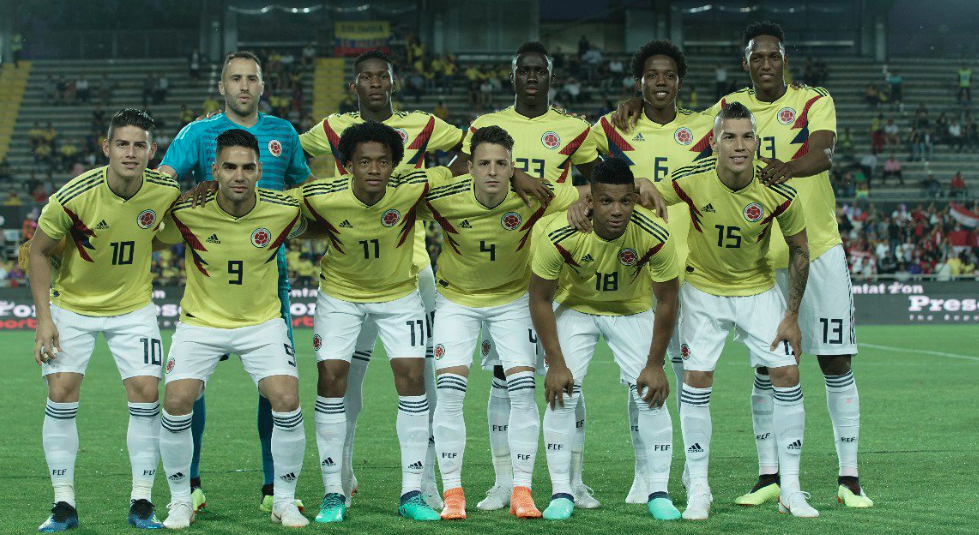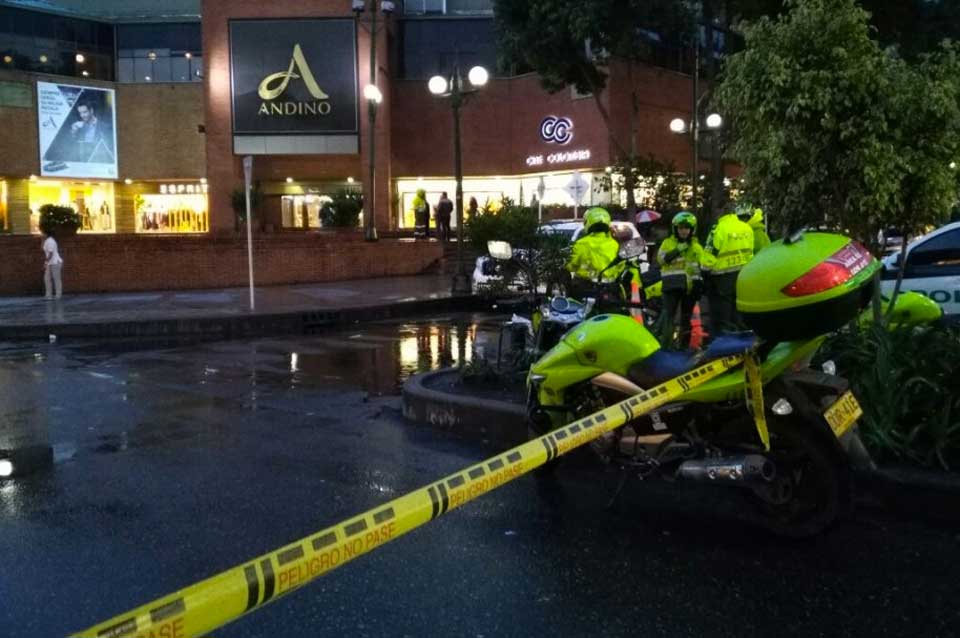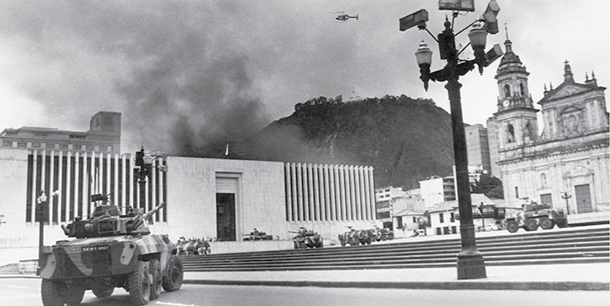
Tanks laying siege to the burning Palace of Justice in Plaza Bolívar.
The expected acquittal of a retired colonel for his part in the 1985 siege of the Palace of Justice, which led to the deaths of around 120 people, has thrust one of the most deadly chapters of Colombian history back into the headlines. Jake Dixon tells the distressing story of why, 30 years on, relatives of victims are still unsure just who was accountable for the deadly events
The controversy still rages as to what happened that day at the Palace of Justice and who was responsible. Semana reported on July 22 that the Supreme Court is expected to absolve Colonel Alfonso Plazas Vega of his 30 year sentence for the deaths of one of the Palace’s cafeteria workers, Carlos Augusto Rodríguez Vera, and M-19 member Irma Franco. Both left the Palace alive but are thought to have died in the hands of the military after being retained.
According to Semana, the Court is likely to absolve Plazas Vega on the grounds that there is no convincing evidence against him. Plazas Vega is one of only two people to have been convicted for crimes committed during the Palace of Justice siege, the other being Colonel Jesús Armando Arias Cabrales.
It would be cruelly ironic if the Court were to overturn the sentence, as many organisations believe the military is largely responsible for the lack of evidence. The Organization of American States (OAS), the Inter-American Court of Human Rights (CIDH), and Colombia’s own Truth Commission all say that the military illegally tampered with the evidence in order to make an accurate reconstruction of events impossible.
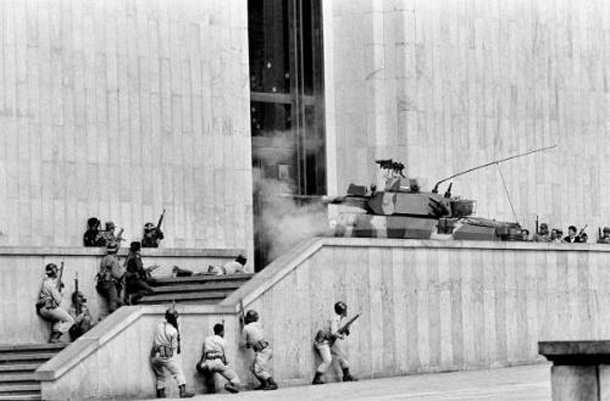
Members of the armed forces wait as a tank forces its way through the entrance.
Evidence tampering
The most egregious example of evidence tampering comes from the way the bodies were handled. Family members of the disappeared told the OAS that the bodies were washed and stripped of their clothing and belongings before they could be examined by forensics. Colonel Félix Gallardo Angarita stated that he saw firefighters hosing down cadavers, and it was the military itself that collected the bodies – in clear violation of Colombian law. Journalists Rodrigo Barrera and Juan Gossain have supported this testimony. Partly due to this mishandling of the bodies, the number of deaths is still unclear. As for the severely burned bodies, the OAS reports that some of their remains were poured into plastic bags “indiscriminately” and sent to Medicina Legal, the Colombian state forensics institute.
Moving bodies further contaminated the evidence. According to the Truth Commission, the military moved at least 20 before they could be examined by the appropriate authorities. The Commission claims that these relocations were “most likely” done with the intention of destroying evidence.
Even some of the bodies that were at least partially identified were still mishandled after the event. Of the 68 correctly identified, only 54 were returned to their families. In one especially macabre incident, a badly burned body which had previously been identified as female was given to the family of a man who died in the incident, Judge Pedro Elias Serrano. The appalling error was revealed when the mother of Norma Constanza Esguerra Forero, a woman who died in the Justice Palace, claimed that a necklace and a bracelet that had been found on the body belonged to her daughter.
Norma Esguerra’s mother wasn’t the only one who would be horrified by what she found when looking for loved ones. The Truth Commission claims that many bodies were misidentified and subsequently given to the wrong family. The sister of Lucy Amparo Oviedo de Arias, one of the disappeared, claims that when she went to the military installation to ask about her sister, she was told to “leave things as they are and stop asking so many questions”. The father and wife of Carlos Rodríguez, for whose death Colonel Plazas Vega was found responsible, say they received a much more offensive answer when they asked about their loved one: “Stop bothering us about people who aren’t worth the trouble because they were guerrillas and murderers.”
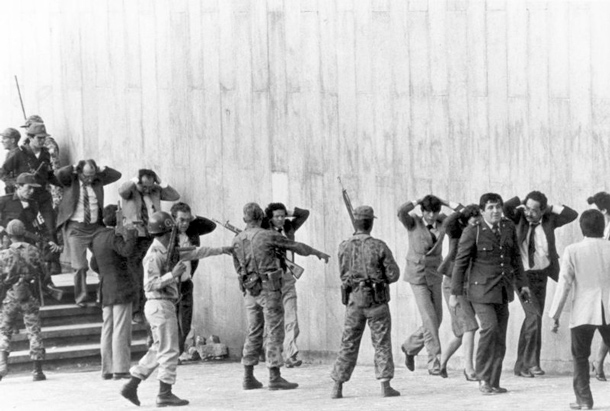
Hostages being led away after the military regained control of the building.
Getting out alive never to be seen again
Rodríguez was one of the 12 people believed to have left the Palace alive and then disappeared. According to the verdict against Colonel Plazas Vega, these people were subject to “torture” and “cruel, inhuman, degrading treatment”. The military allegedly believed they helped or belonged to the M-19, though only one of them actually was a member of the group. Plazas Vega claims that no one was disappeared and that they died in the Palace, but that their bodies were not identified.
Lack of evidence makes his claims easier to make. Aside from the blatant lawbreaking that happened during the collection of the bodies, and the refusal to answer family members’ questions about their loved ones, there is also reason to suspect that video evidence was destroyed and that fraudulent testimony was given in order to discredit the investigation and deflect responsibility for the deaths.
One way that victims’ family members were able to prove that their loved ones left the Palace alive is by identifying them on video recordings. But this was fraught with difficulties as the videos were not easy to come by – as the family members of one of the disappeared, Bernardo Beltrán Hernández, found out when they asked various media outlets for the videos and could not get copies. Colombian state prosecutor Ángela Maria Buitrago reported similar difficulties when trying to recover videos for her investigation, stating that 75 videos had simply disappeared.
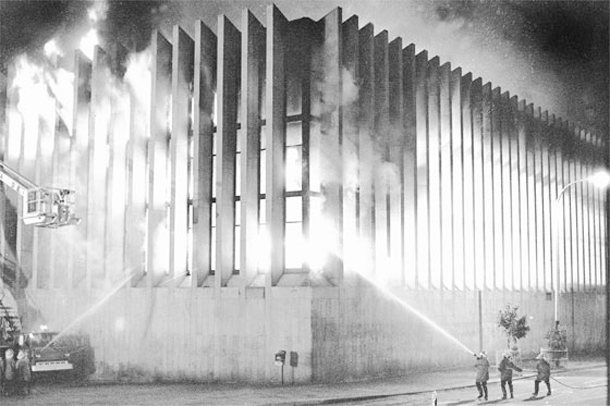
The Bogota Supreme Court burning in the 1985 siege.
Another way to prove that the disappeared didn’t die in the Palace is to rely on testimony from the soldiers and the police themselves. Unfortunately, two of these testimonies might have deepened the emotional trauma felt by the victims’ families. The first testimony, from police officer Ricardo Gámez Mazuera, claims Carlos Rodríguez left the Palace alive and was taken to the Casa del Florero to be tortured under the orders of Colonel Plazas Vega. His testimony was discredited by the Procurador’s Office, which pointed out he was not formally affiliated with state security services at that time. Those who defend Gámez say that it was common for the military to work with intelligence agents, as Gámez claims to have been. The second witness, Corporal Edgar Villamizar, gave testimony so riddled with inconsistencies that journalist Daniel Coronell suggested that Villamizar was sent by the military to frame Plazas Vega for crimes committed by people that the military wanted to protect.
This trail of destroyed evidence and questionable witnesses could potentially lead to Plazas Vega walking out a free man. The families of the disappeared will be left without answers but with the knowledge that the military, possibly intentionally, took away their chances of ever knowing what happened to their loved ones.
Summary of the eventsBackgroundIn 1984, Colombian President Belisario Betancur and the now-demobilised terrorist group M-19 agree to a ceasefire. The M-19 then claims that the government violated the ceasefire, and plans to take over the Palace of Justice. The group intends to put President Betancur on trial for this violation, with the Supreme Court as judges. La toma (the takeover)On November 6, 1985 at 11.40am, 35 members of the M-19 enter the Justice Palace. They take about 350 people hostage, including judges from the high courts the Consejo de Estado and the Supreme Court, and kill two security guards, Eulogio Blanco and Gerardo Díaz Arbeláez. La retoma (the retaking)At 1.57 pm, Colonel Luis Alfonso Plazas Vega leads tanks into the Palace of Justice, breaking through the large doors of the building. At 2pm, helicopters drop troops on the roof of the building. As the firefight intensifies, Supreme Court President Alfonso Reyes Echandía sends out a call for a ceasefire over RCN Radio, after several failed attempts to reach the President directly. Reyes also asked for a ceasefire directly from the President of Congress and from General Victor Delgado, but to no avail. President Betancur had already decided there would be no negotiations. At 7am the next day, Betancur changes his mind and decides to negotiate. He gives the head of the Colombian Red Cross (his chosen representative in the negotiation), a message to take to the guerrillas, but the military doesn’t allow him to deliver it, arguing that it’s too dangerous. At 2.20pm, the retoma is complete, and the government has regained control of the Palace of Justice. About 120 people had died. 12 people, among them Palace cafeteria staff and one M-19 member, would be subsequently reported as disappeared, with the military suspected of torturing and killing them. |
By Jake Dixon



